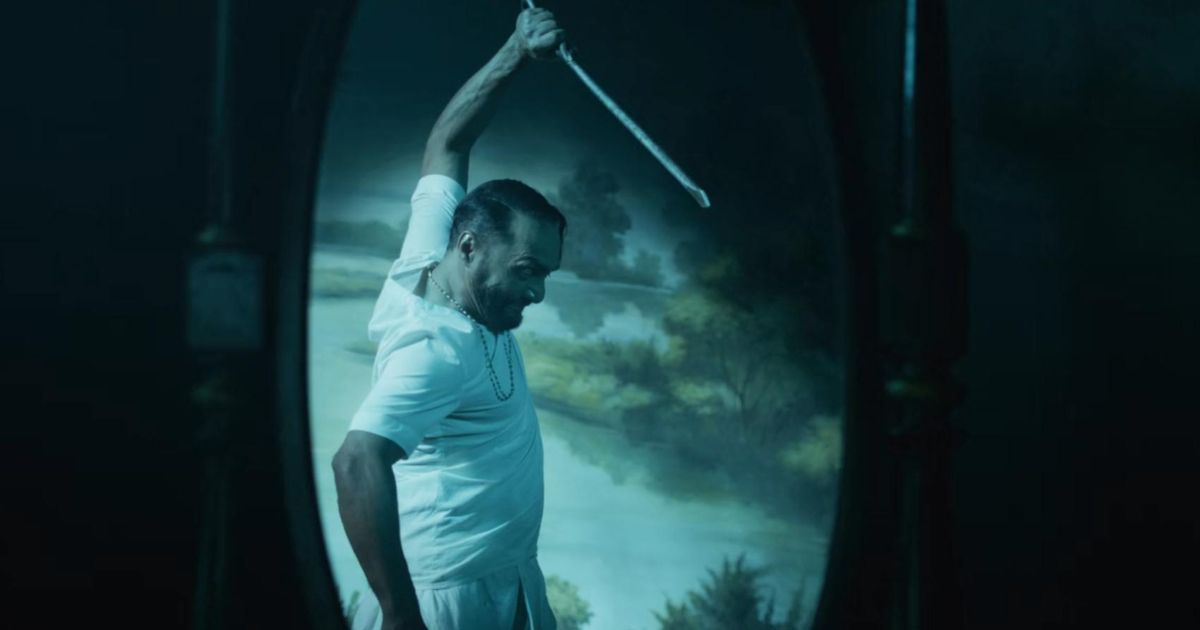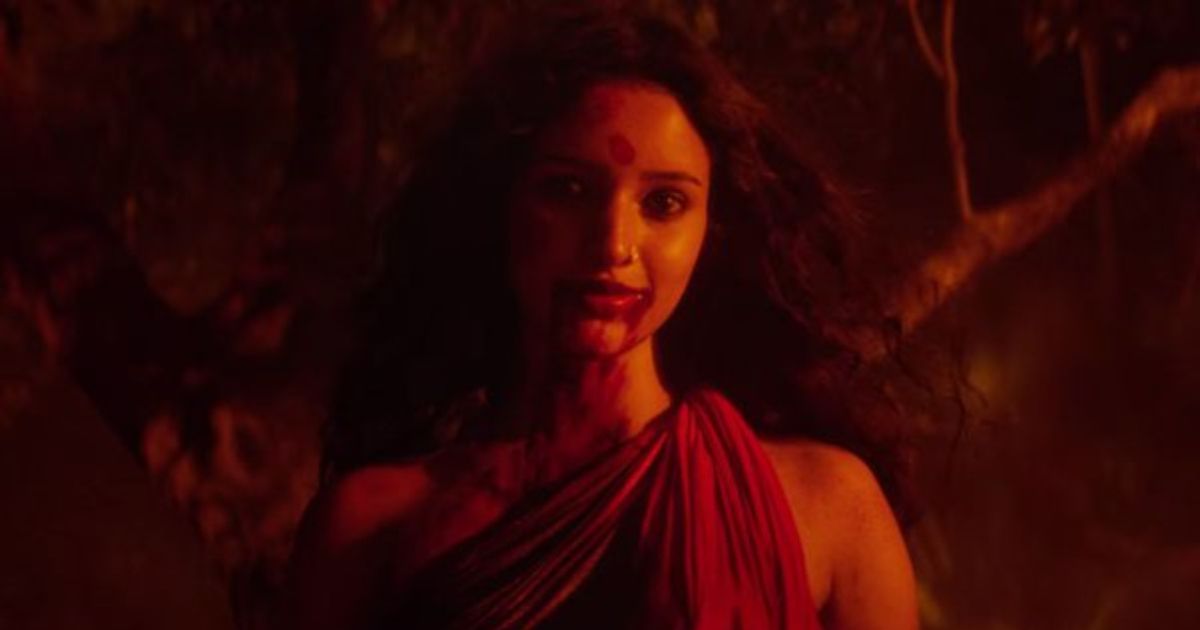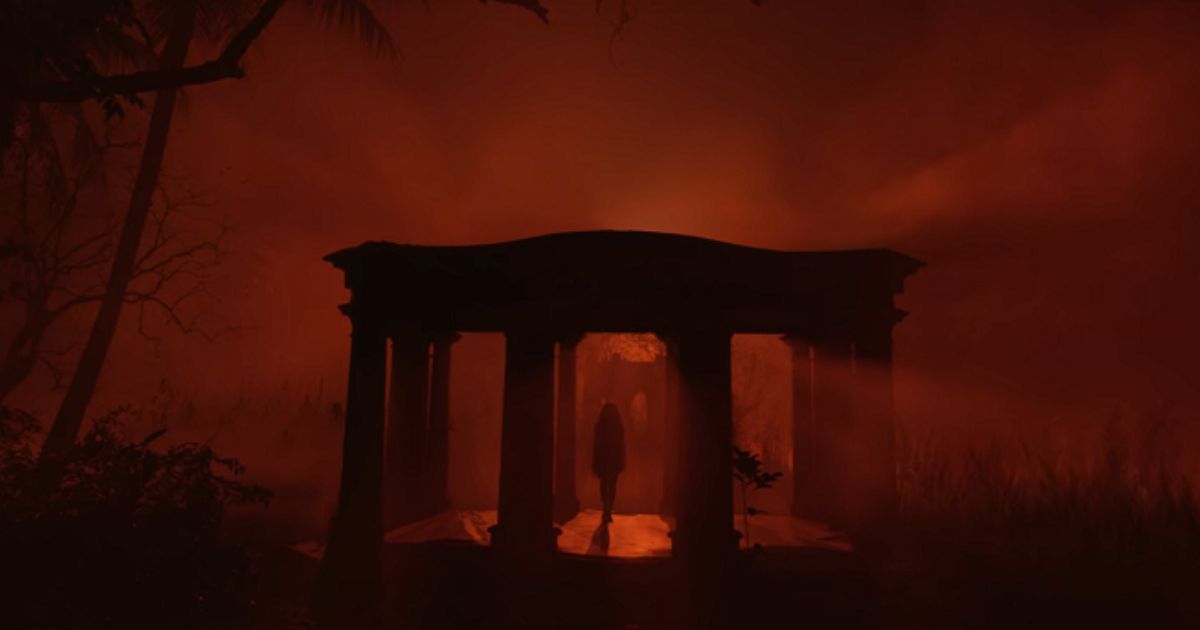Written and directed by Anvita Dutt, Bulbbul is one brilliant masterpiece that is streaming on Netflix. This Indian film is a supernatural thriller with a dark fairytale at its center, which is set in the 19th Century Bengal Presidency. Bulbbul ensures the viewer has a chilling experience and leaves a lasting impression with many questions. The film includes some phenomenal performances, and the cinematography is definitely applaudable. However, what makes the story even more fascinating and important is the way in which it is applicable to modern day.
It is undeniable that every country has its own issues. The western part of the world is definitely different from the eastern part and thus, seems to not understand, nor be aware of the issues that are brewing in each part. What Bulbbul does is expose some dark realities of India and perhaps, other countries too. So, here is a brief overview of Bulbbul's unpacking of some harsh truths.
The Handmaid's Tale: How the Show Unpacks the World's Dark Reality
The Shocking Reality of Child Marriage
The film begins with little Bulbbul (Tripti Dimri), who is barely five years old, being married to Indranil (Rahul Bose), the elder lord. Bulbbul ensures that the viewer is made uncomfortable with the whole scenario, as we see little Bulbbul questioning her aunt about why she has to wear a toe ring. The aunt's reply is that the toe ring is used to suppress a nerve, to avoid girls from flying away, and to "control" them. The reply in itself is quite disturbing. Bulbbul's further curiosity about what "control" means clearly suggests the way in which this little child is being deprived of her childhood and freedom.
What is interesting about this part of the story is that it resembles the real-life story of Rabindranath Tagore's sister-in-law, Kadambari Devi, who is also a child bride. It is sad to say that the issue of child marriage is an ongoing problem in many countries including India. Thus, the film's reflection on this problem is very crucial and applaudable, as it does not merely expose the issue to the world, but it also illustrates the way in which it affects young girls like Bulbbul.
The Brutal Nature of Domestic Abuse
The way in which Anita Dutt uses domestic abuse as a central theme in the film makes it a masterpiece that ensures the viewer is aware of what is happening in the real world. Of course, the film may take place in a fictional historical setting, but it is a well-known fact that domestic abuse is an ongoing crisis across the world. What is even more fascinating is that the film uses this issue as the driving force to turn the protagonist into the feminist hero who might come off as a monster to domestic abusers.
In the film, we see Indranil accusing Bulbbul of having feelings for his younger brother, Satya, and thus, brutally abusing her by beating her and mutilating her. While she is bedridden due to the injuries sustained by Indranil's abuse, she is sexually assaulted and suffocated by his twin brother, Mahendra. However, as per the film, she is given another chance at life by Goddess Kali, and she uses her supernatural powers to bring justice to women who have gone through abuse at the hands of their significant others. An important element of Bulbbul's transformation is that her feet are turned the other way. This signifies the mutilation caused by her husband's abuse and acts as a symbol of domestic abuse.
A Villain to Domestic Abusers, A Hero to Women
Throughout the story, we see the villagers being scared of a "chudail", a mythical creature who is also a demonic woman. This chudail is known to be killing villagers. However, as the story progresses, it is revealed that Bulbbul is, in fact, the chudail. What is even more shocking is that even though she is called a chudail, her victims are all domestic abusers or men who have abused their wives. A question arises as to whether she is in fact a demonic woman or a martyr. It can be argued that this might be a hint at patriarchal society and the way in which it labels women who fight for their rights as "evil" or "toxic".
The Cinematography Setting the Dark Background
The viewers can easily recognize that the color blood-red is the prominent filter that suggests the dark happenings in the village. The use of such a color to depict Bulbbul's transformation is quite fascinating, as it suggests the brutal nature of the themes discussed in the story. It can also be seen as a shade that suggests revenge or evilness.
Additionally, the way in which the chudail or the transformed Bulbbul is captured is remarkable, as it not only gives chills to the audience, but it also suggests the fiery nature of women. From the beginning to the end, Bulbbul ensures that the viewer's eyes are glued to the screen through the remarkable cinematography used.

.jpg)
.jpg)


